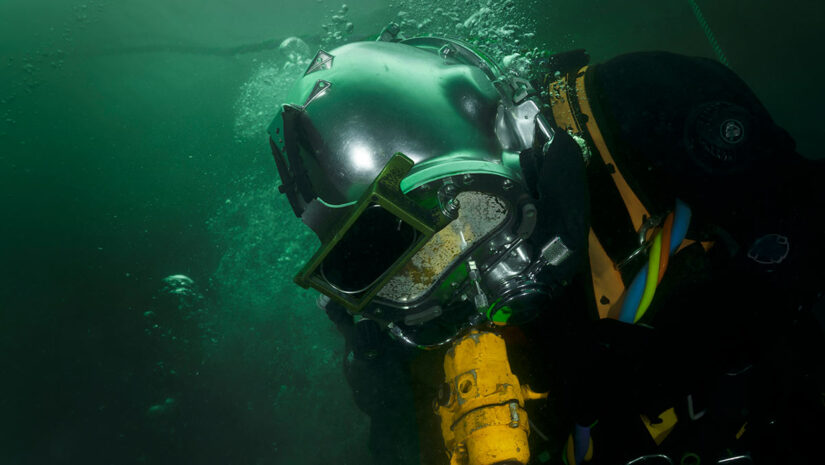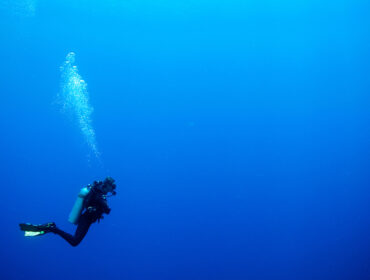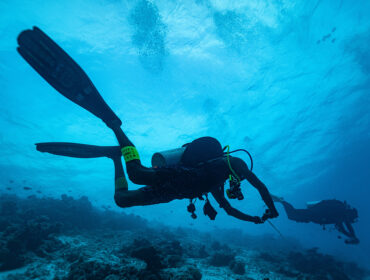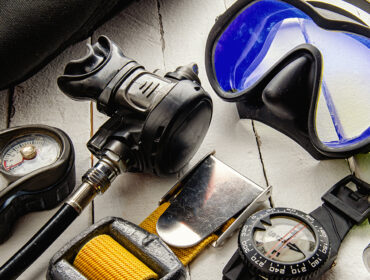Saturation diving is not a career for the faint-hearted. Divers are sent to extreme depths, usually to do work on pipes or wells that lie deep below the surface. It can take days or even weeks to get back to the surface safely due to decompression stops for off-gassing, and even then they are likely to experience a few days of after-effects.
Let’s take a look into what exactly saturation diving is, what it is used for, and how someone can make it their career.
What is saturation diving?
Saturation diving involves staying at extreme depths for a long time. It is done between 650ft and 1000ft depths, and used to perform deep sea work such as tunneling and building. Saturation divers usually work for telecommunication industries or oil companies. Saturation diving is also useful in science for studying diver’s physiology under pressure, and is even used by NASA for space training. While a diver is at these extreme depths, their body becomes fully saturated by the gas they are breathing. In order to get back to the surface safely, they must come back up very slowly, making lots of decompression stops.
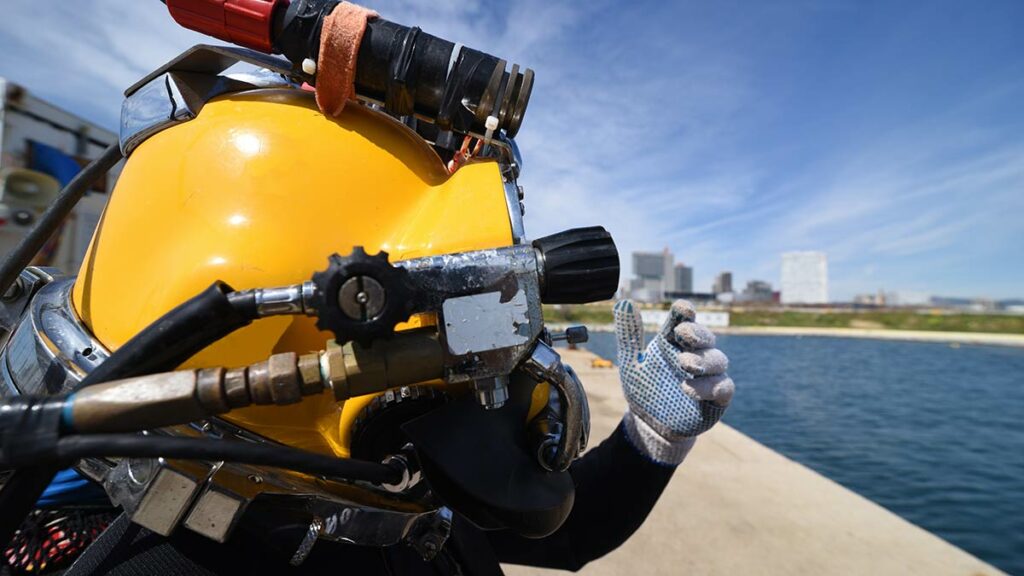
How does saturation diving work?
Saturation diving is a type of diving where the gas breathed in by a diver gets dissolved by the tissues inside the body, up until the point where no more can be absorbed (they are fully saturated). Full saturation usually happens within 24 hours.
This type of diving is different to recreational diving. Recreational divers will limit their bottom times to avoid becoming oversaturated. This is so they can return to the surface without making decompression stops.
Saturation divers will make many stops on their ascent in order to off-gas safely. These stops can sometimes take weeks! Unlike recreational divers, saturation divers cannot breathe air due to the partial pressures becoming toxic as such depths. They will usually breathe a mix of oxygen and helium (heliox), with a small amount of nitrogen. This keeps them from getting tremors that can be brought on by the heliox mix at depth.
During water work, divers wear a hot-water suit — wetsuit that has tubes to deliver hot water which circulates around the suit to keep the diver warm while they work.
The life of a saturation diver
Saturation divers will spend days, or even weeks, at depth. They spend around 16 hours a day in their living quarters, which is an isolated chamber that’s kept at depth, where they sleep and eat. For eight hours, they will dive and do the work they need to do in something called “the bell.” The pressure in the bell is matched to the chamber and can be lowered to the sea floor using an umbilical. A tube from the surface provides breathing gas to the diver. There is a large team of people working to monitor temperatures and gas content to keep the diver safe.
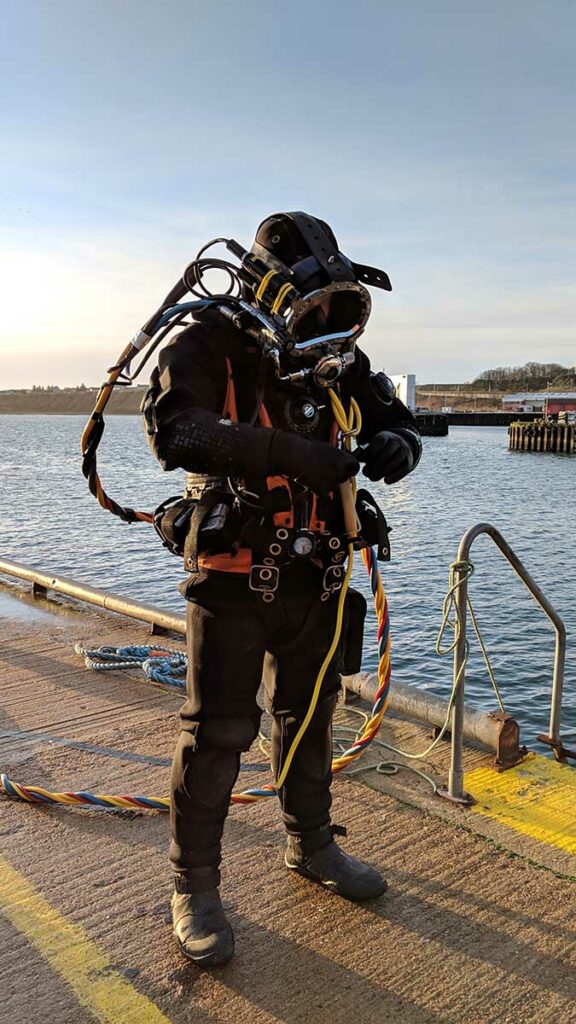
How do you become a saturation diver
Saturation divers are some of the best paid scuba diving jobs due to the intense work conditions and the dangers that come with diving to such extreme depths for so long. If you are interested in becoming a saturation diver, there are a few steps to get there.
First, you have to achieve your professional commercial diving certification. For this, you’ll need to be over 18 years old and have an advanced recreational diving certification. You’ll also have to get your Public Safety Diver certification, as well as your Rescue Diving For Commercial Diving certification.
Next, you will have to obtain years of offshore diving experience as well as deep sea diving and mixed-gas diving experience.
Finally, you can become a saturation diver by completing the Saturation Diving program, which is only offered by a handful of institutions. This program will include medical training, technician courses, underwater welding training, and more. No doubt, it takes years to gain the experience and qualifications needed to become a saturation diver. This is because saturation divers have to have a wide set of skills to handle such intense working conditions.
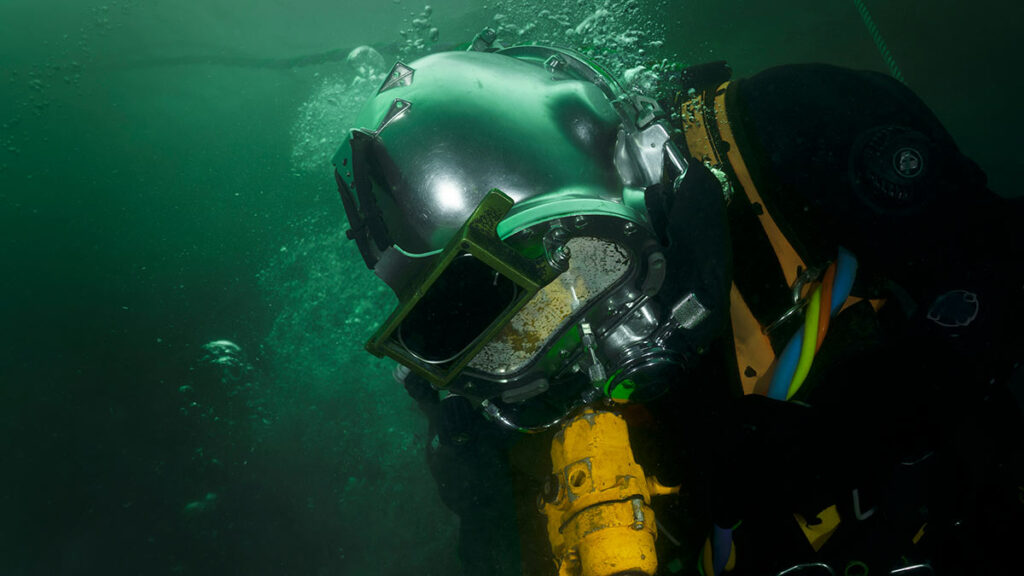
Saturation diving: Frequently Asked Questions
Saturation divers can earn around $30,000-45,000 per month, and some earn up to $180,000 USD each year. It is a good salary, but it is a competitive market with not many vacancies coming up.
Saturation diving allows workers to stay at extreme depths for extended periods of time, usually to fix/weld pipelines. Saturation diving is sometimes used in astronaut training, too!
Well, saturation divers are often alone for a long time in a small environment which can be a challenge. Also, even with many decompression stops, it can still take around a week to recover from the after-effects of diving to such extreme depths, which is not easy on the body.
Saturation divers are given food that is prepared by chefs on the support vessel. The food is sent to them via a hatch.

